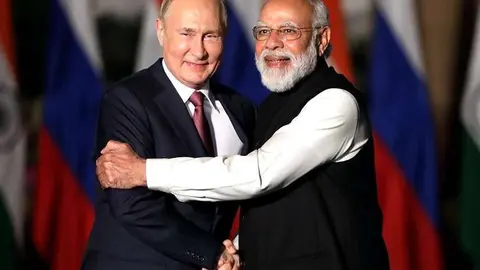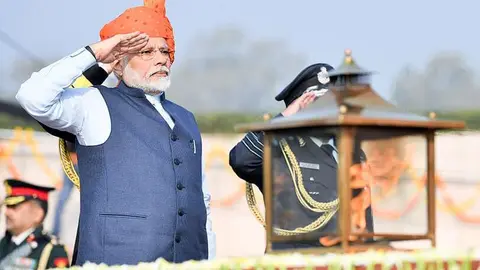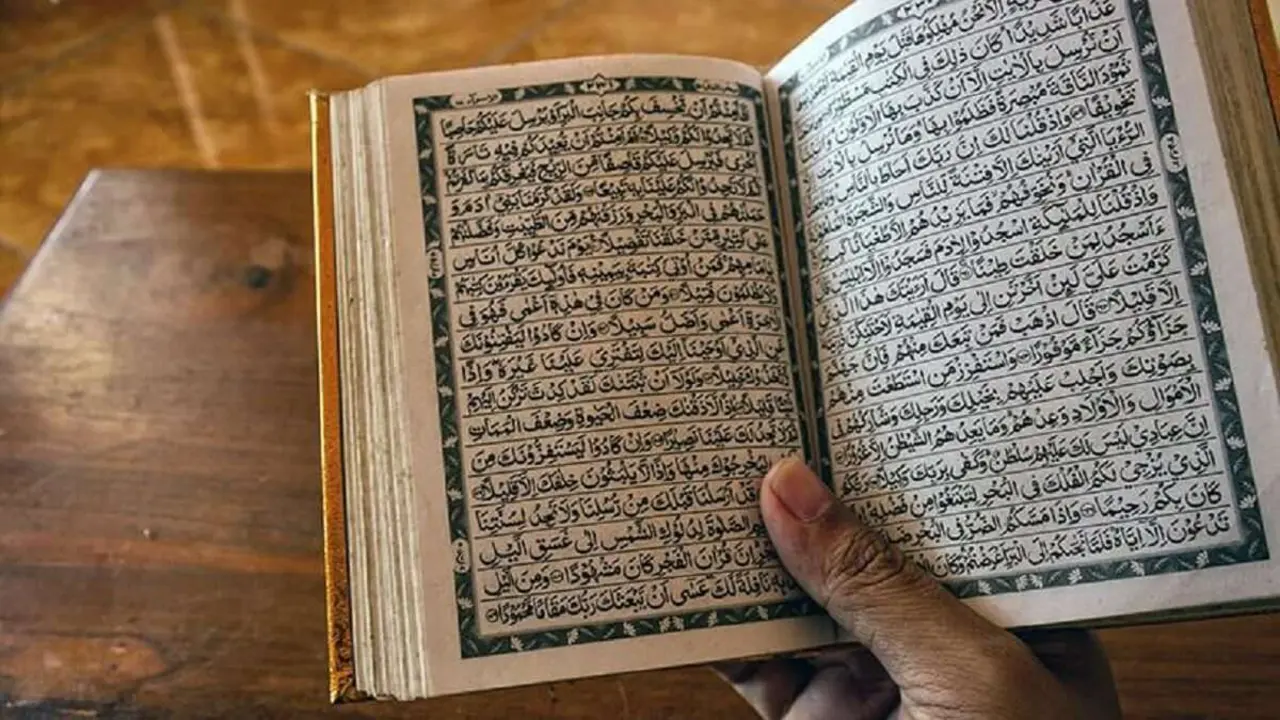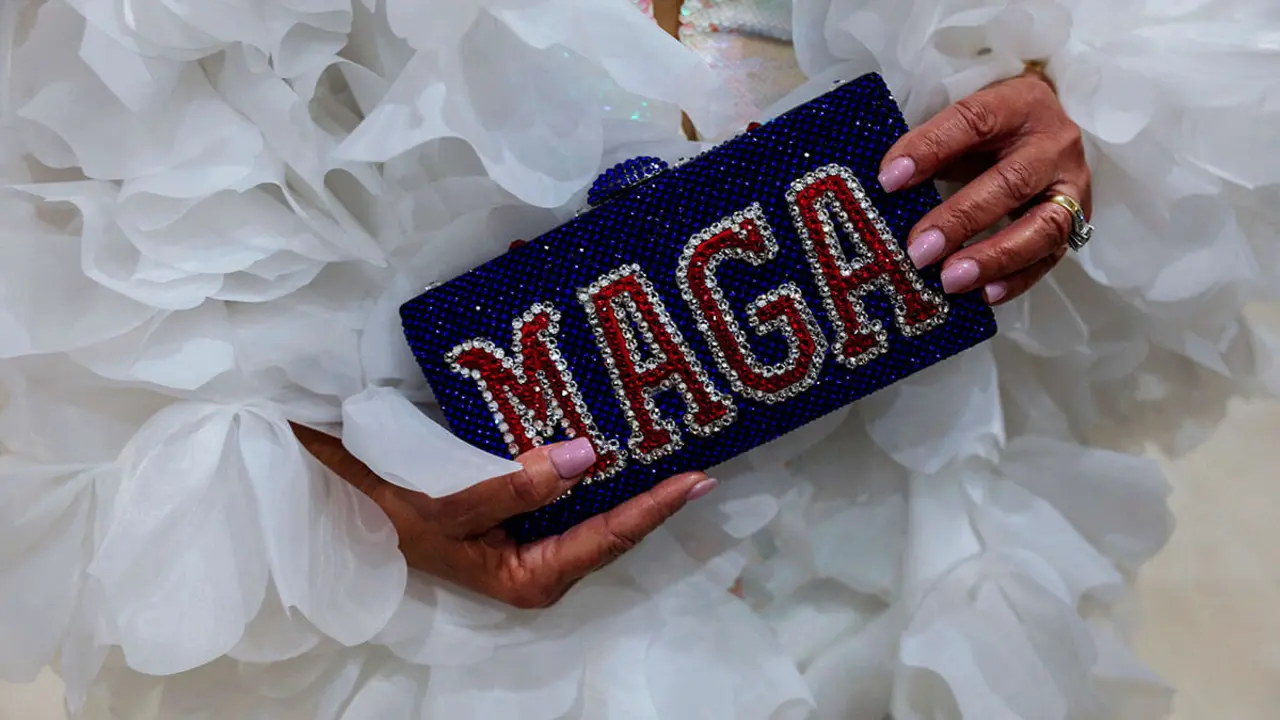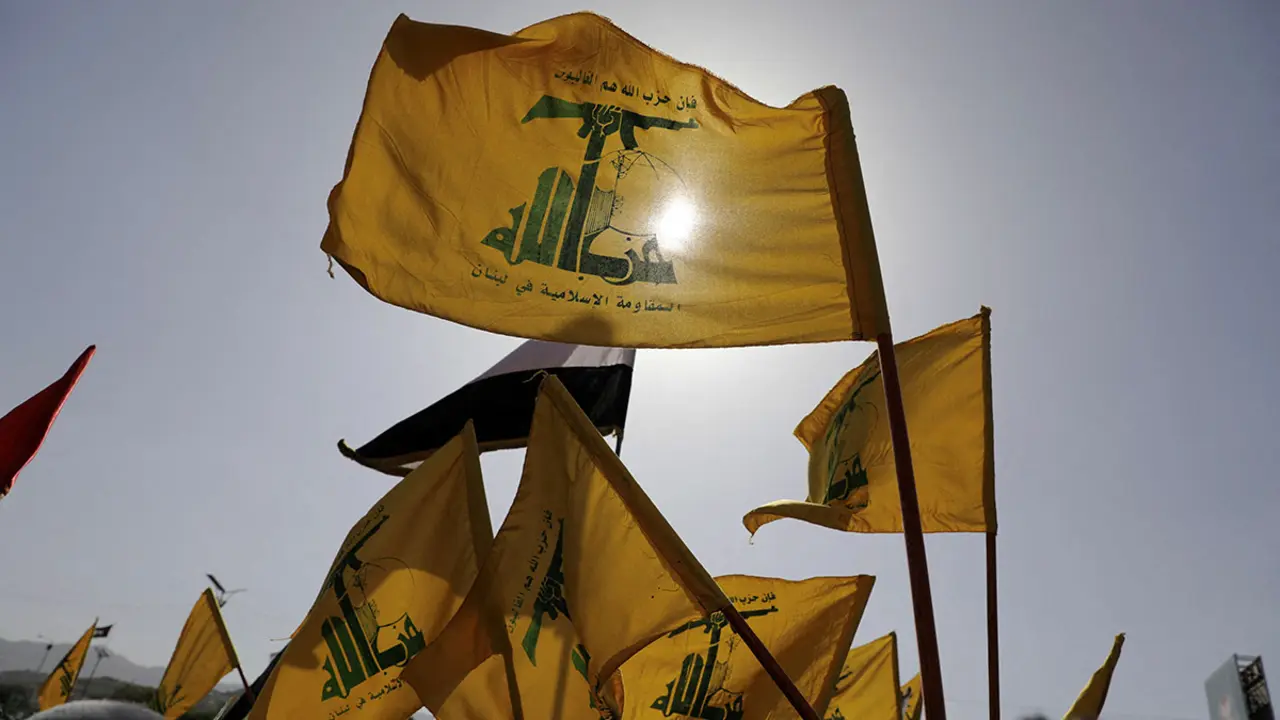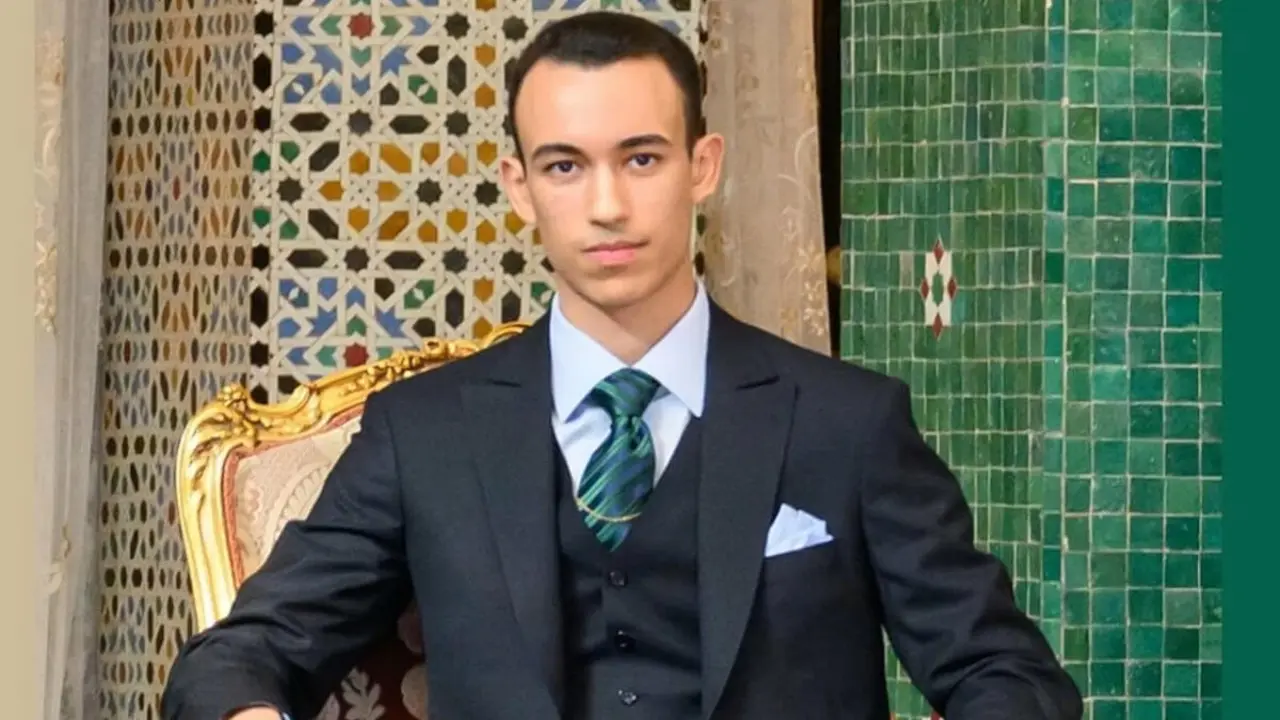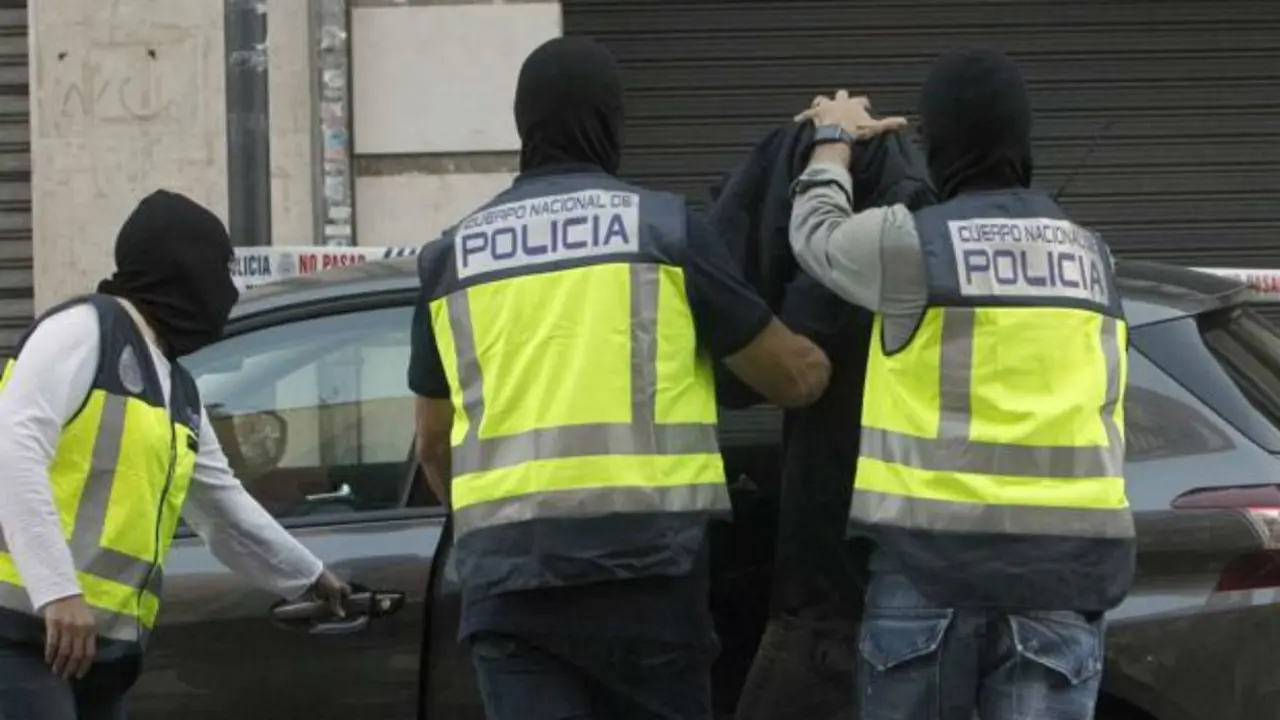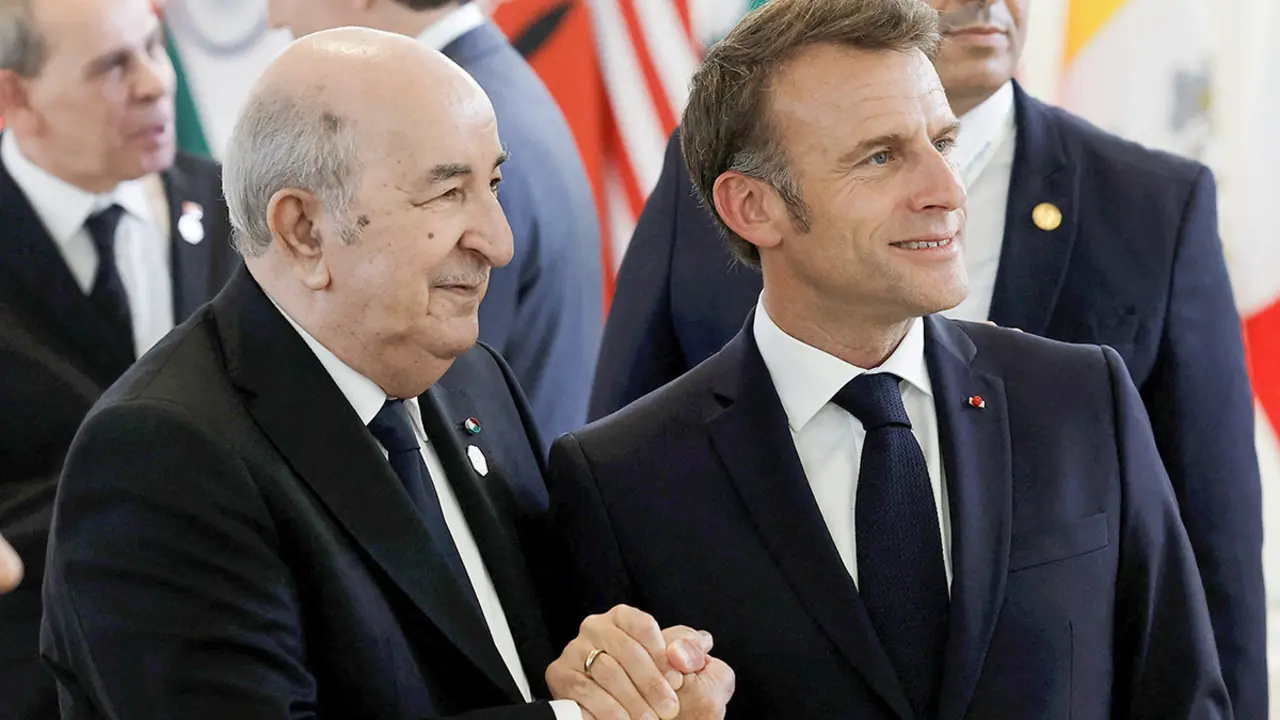India's big nuclear and armaments supermarket is in France

The recent official visit to Paris by Indian Prime Minister Narendra Modi and his presence as guest of honour at the 14 July military parade commemorating the storming and storming of the Bastille was of extreme importance in cementing the excellent relations at all levels that exist between the governments of Paris and New Delhi.
However, to get as clear a picture as possible of what has been cooked up behind closed doors between the Indian and Gallic authorities in the sumptuous dining rooms and meeting rooms of Parisian palaces, it is useful to separate the dust from the chaff. There is too much paraphernalia and official Elysée propaganda surrounding the agreements reached or only sketched during Narendra Modi's short French sojourn.

Some succulent political-military-industrial fusion dishes of French-Indian cuisine are already seasoned to the satisfaction of the diners. Others are still in the process of being prepared or cooked, which suggests that they will all be served hot, hot and hotter and with a touch of spice on a future official visit to New Delhi by President Emmanuel Macron.
The first thing to point out is that the two nations have a relationship that they call a "strategic partnership", which, according to India's ambassador to France, Jawed Ashraf, is proof that "the two partners are equals". Their close relationship dates back to 1998 and has just turned 25, has been renewed and extended several times, and rests on five pillars. The first and foremost is defence, which dates back to June 1953, with the purchase by the newly created Asian country of a first batch of 71 Ouragan fighter planes from the manufacturer Dassault.
This acquisition is the origin of subsequent purchases of French fighters -Mirage 2000, Rafale- and their on-board armament, mainly missiles, which have given rise to a solid base of cooperation with the French aerospace industry that, over the years, has jumped to the field of military shipbuilding.
Modi's stay in the Seine capital has served to set the course for bilateral relations until the middle of the century and set the course for the purchase of three 1,700-tonne Scorpene-class diesel-electric submarines. The Indian Navy is undergoing a process of strengthening and modernisation to increase its operational capabilities in the face of China's naval might. The direct beneficiary of the future contract for the three submarines is the state-owned shipyard Naval Group, a direct competitor of Spain's Navantia.

Submarines and fighters for the navy
If the acquisition goes ahead, which is the most likely scenario, the three new submersibles will join the six submersibles India ordered from the French shipyard in 2005. They are the result of a technology transfer agreement between Naval Group and the local shipyard Mazagon Dock Shipbuilders Ltd. of Bombay. Half a dozen have already been built and launched. The first five are already in service with the Indian Navy and the sixth will be commissioned next spring.
Rajnath Singh's Ministry of Defence is following closely the policy dictated by Prime Minister Modi, who calls for a gradual increase in the level of participation of local industry in strategic programmes. This is what is being negotiated between the Naval Group and Mazagon to give effect to the contract for the three new Scorpenes, known in India as the Kalvari class. Extending technology transfer to the field of surface warships is a step that the French shipyard does not rule out taking.
Emmanuel Macron and Eric Trappier, Dassault's chief executive, have also concluded - but not contracted - with Narendra Modi the sale of 26 Rafale Marine fighter jets, the naval version of the Rafale, in service since 2002 with the French Navy, 14 of which equip its nuclear-powered Charles de Gaulle aircraft carrier.

As they are for the Navy, they differ in several respects from the 36 Rafale fighters that New Delhi contracted in 2016, the last of which were received by its air force on 15 December 2022. Two are the main visible differences: the hook attached to the tail to achieve rapid deceleration when landing on the flight deck and its reinforced landing gear, which has been proven to withstand stacking on the Indian aircraft carrier INS Vikrant, where they are due to be embarked.
Less than 24 hours before the start of the Paris military parade presided over by Macron, with Modi on his right, a tweet from the head of India's defence portfolio and chairman of the Defence Acquisition Council, Rajnath Sing, announced that the Rafale Marine was the fighter selected for his air force. He said that "the price and other terms of purchase will be negotiated with the French government after taking into account all relevant aspects, including the price of contracts in other countries for similar aircraft".
The minister also put on record that the final contract will include "clauses to integrate specific Indian equipment on board the aircraft and the establishment of a repair and maintenance facility in India". The big loser in the competition posed by the Procurement Council is the US Boeing F-18 Super Hornet fighter, which Joe Biden unsuccessfully advocated for during Narendra Modi's visit to Washington last June.

And new modular nuclear power plants
From a contractual point of view, if the terms of the deal for the three submarines and 26 fighters are finalised, it will not be formalised directly between the Indian defence ministry and the French manufacturers, Dassault Aviation and the Naval Group shipyard. This is the usual channel used by France, the second largest supplier of weapons systems and equipment to the Indian armed forces (29 per cent), behind Russia (45 per cent), but ahead of the United States (11 per cent).
With a budget of more than 9 billion euros, the chosen formula will be the so-called "government-to-government" one, which means that the French government will be the guarantor of the purchases made by the Indian state. In the case of the 26 Rafale naval version, the formalisation of the purchase would be associated with important ancillary services, such as pilot training, a logistical package of equipment and spare parts, as well as a large batch of MBDA air-to-air, air-to-ground and Storm Shadow cruise missiles with a range of over 500 kilometres.

What Macron and Modi did give the green light to was the formalisation of the creation of a joint venture based in India to develop and produce the engines for the future multi-role helicopter of the Indian armed forces, the pre-agreement for which was signed in July 2022.
The entities taking up the challenge are Hindustan Aeronautics Ltd. (HAL), the large Indian state-owned aerospace and defence company, and the helicopter engine subsidiary of Safran, the large French industrial corporation specialising in the design and manufacture of engines and propulsion systems for aircraft, rockets and missiles. To ensure Indian sovereignty over the final product, the heads of the two companies, Shi Ananthakrishnan and Franck Saudo, have already agreed that much of the equipment and components of the future military helicopter will be of local origin.
The second pillar on which the privileged Franco-Indian relationship of interests is based is in the field of space. The French agency and the Indian Space Research Organisation (ISRO) have been working closely together since 1964, with joint projects to manufacture satellites for environmental applications.

Megha-Tropiques was launched in October 2011, Saral-Altika in February 2013 - both launched by Indian PSLV rockets - and Trishna in 2024. India's foreign secretary Vinay Kwatra said that bilateral economic ties "encompass the space economy" and that is why they are working on a future constellation of 8-10 spacecraft for surveillance of naval traffic.
Three other areas of cooperation of utmost importance to Modi and Macron relate to three critical areas for New Delhi and Paris: global security, the implementation of maritime security in the Indo-Pacific region, and the launch of a cooperative programme to build small, advanced modular nuclear reactors. They will add to the proposal by French utility EDP, which is seeking acceptance by the Nuclear Power Corporation of India of its technical commercial offer to develop six nuclear power plants in Jaitapur.


